I did receive an all expenses paid trip to The Good Dinosaur press junket, but all opinions are my own.
The biggest theme during our visit to Pixar Studios is that it is just mind blowing how much detail goes into making a full feature Pixar film. It’s not something that the average movie goer (myself included) thinks about when going to the movies. We go to be entertained, to be transported to another world without having to build a time machine. We don’t always recognize all the passion and artistry that goes into our favorite Pixar movies like The Good Dinosaur.

During our Pixar tour, we had a chance to listen to some amazing talks with the artists and creators behind The Good Dinosaur, coming to theaters November 25th! First hand, we got to hear about their passion for “getting it right” and how they had to get a little bit creative about it since dinosaurs no longer exists.
Designing a Big World
One of our first talks was called “Designing a Big World” and it talked about the ways that the Pixar artists created a world that would fit Arlo, the dinosaur in The Good Dinosaur, and also fit his side kick, Spot.
Production Designer Harley Jessup chatted with us about how the world had to be vibrant and large, but not so huge that the size difference between Arlo and Spot made it hard to follow the story. From the size of the trees to the massive span of the mountains, all of it had to fit. It all had to make sense.
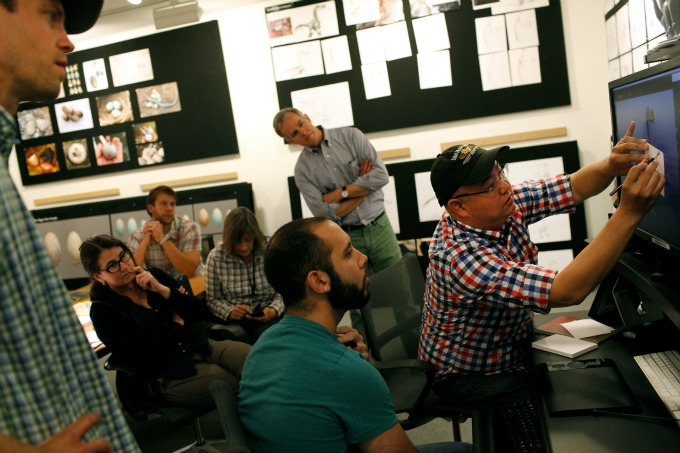
In an earlier post, I shared with you how the team at Pixar took a research trip out to Wyoming. (Make sure to check out that The Good Dinosaur Wyoming trip post it’s super interesting) Since we had a chance to learn about that research trip, Production Designer Harley Jessup helped us see how that affected the final scenery in The Good Dinosaur.
The art department spends time looking at everything, and when I say everything I mean everything; the smoke coming off of the mountains, the texture of the leaves on the trees, the various colors of the leaves on the trees (which of course have to change with the seasons). There wasn’t a single tiny detail that they forgot about. It was really mind blowing. When you go to the movies, you just see trees. You never think about the fact that those are birch trees with leaves a range of sizes and colors to make the perfect backdrop for the film.
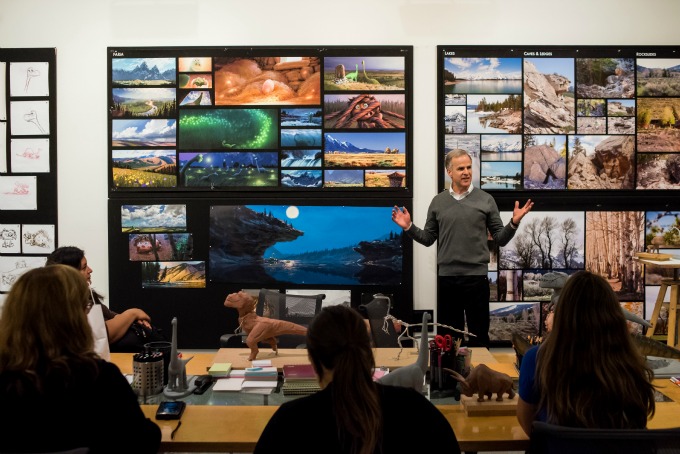
Acting Like Dinosaurs
The second talk we got to listen to was Acting Like the Dinosaurs. I was really intrigued to hear what this one was about since dinosaurs aren’t around for the animators to study anymore. Honestly, it never occurred to me that animators actually did field studies about movement. I kind of figured since Pixar’s been doing this for 20+ years that they just “knew” how to animate everything, and while yes they do, they like to get it right and make sure it translates well onto the big screen! That means lots of movement studies.
Animators Kevin O’Hara and Rob Thompson shared with us some film footage that the animators took at the local zoo to study the movement of elephants. I have to say that the computer programs that Pixar has are really cool. While they had the video of the elephant in the background, they had a drawing overlay on the animal to show the line drawings of the movement. It helped the animators to see how the hips moved up or down or shifted left or right when the animal took a step. Since elephants have a lot of weight to transition with each step, they figured it would be the best animal to study to figure out how Arlo might’ve moved since he is so massive!

Over and over again, they showed the video slice but slice to show how with each step the hips rotate and the weight is transferred. It was really intriguing, but I could also tell how it could be a tedious process. No wonder it takes four years to make the average Pixar movie!
After showing us the elephant clip, the animators showed us a clip of Arlo climbing up to the top of the mountains after he’s just been swept away down the river. The clip was only about 15-30 seconds long, but you could see how the weight transferred with each step, and how they did a great job making sure he didn’t look awkward coming over the edge of a non flat surface. They shared with us that one sequence can take up to a week for an animator to animate. Wrap your head around that a 30 second clip can take a four to seven days to animate! (Bet you are trying to calculate how many 30 second clips are in an 1 1/2 hour movie aren’t you?!?)
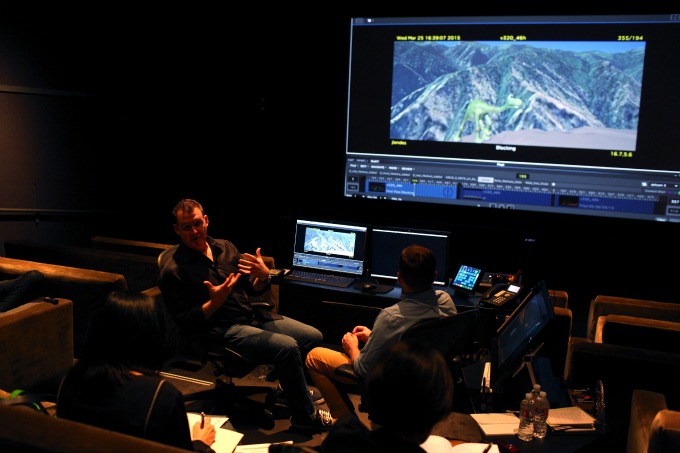
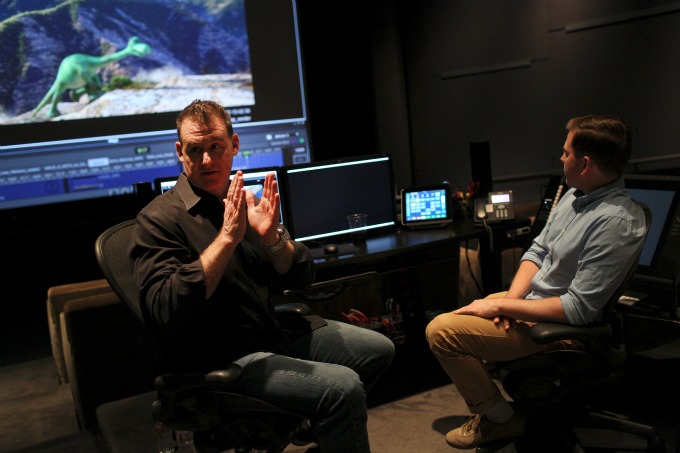
It may sound like lip service, but I am blown away each and every time I think about all the work and heart that goes into making these movies. You know here on Quirky Inspired we’re all about finding about what you are passionate about and rocking that! Well, Pixar definitely has that dialed in. There is so much passion and creativity that oozes from the walls of Pixar Studios, and it was such an honor to be able to learn first hand just how much detail goes into making Pixar movies. Get excited, because there are quite a lot more of these The Good Dinosaur posts to come for you to learn first hand about why Pixar rocks!
Excited about The Good Dinosaur yet? You should be! Check out this awesome clip
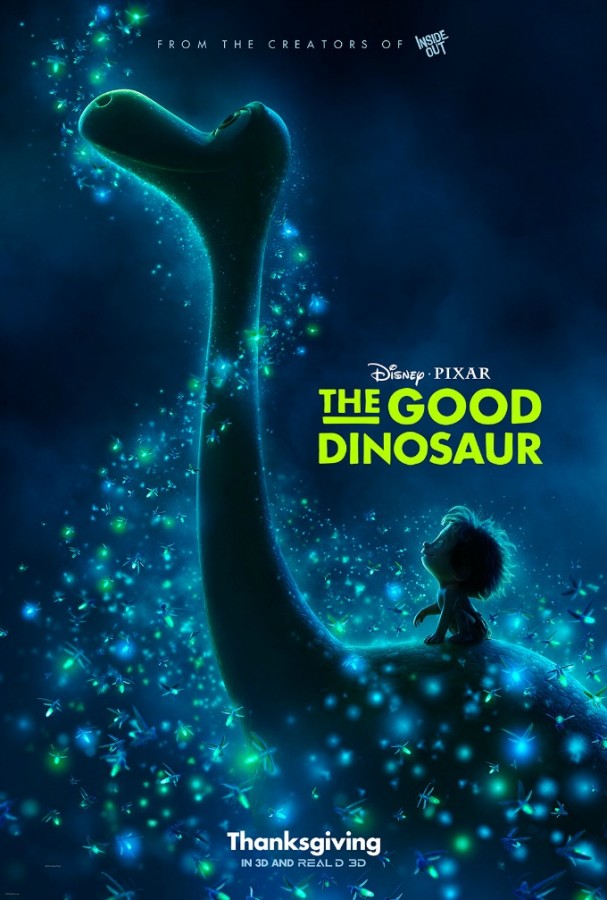
Want to learn more about The Good Dinosaur? Follow them on their social media channels:
Like THE GOOD DINOSAUR on Facebook: https://www.facebook.com/PixarTheGoodDinosaur
Follow THE GOOD DINOSAUR on Twitter:
Follow THE GOOD DINOSAUR on Instagram:
Follow THE GOOD DINOSAUR on Pinterest: https://www.pinterest.com/disneystudios/the-good-dinosaur/
Visit Disney/Pixar on Tumblr: http://disneypixar.tumblr.com
Follow Disney/Pixar on YouTube: https://www.youtube.com/user/DisneyPixar
Visit the official THE GOOD DINOSAUR website here: http://movies.disney.com/the-good-dinosaur
THE GOOD DINOSAUR opens in theatres everywhere on November 25th!
Can’t get enough of The Good Dinosaur? Then check out these other posts about The Good Dinosaur!

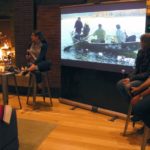
Leave a Reply